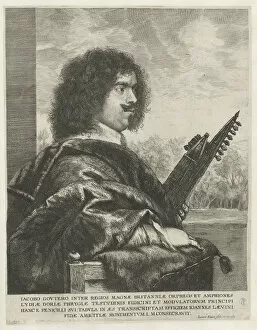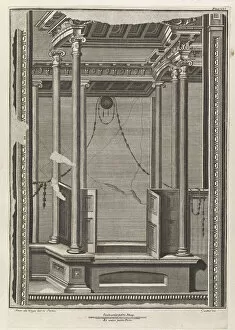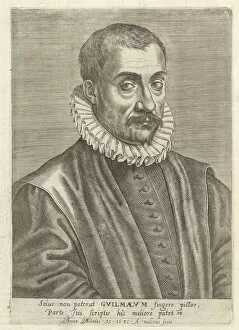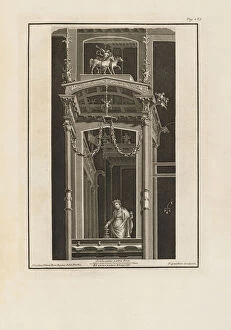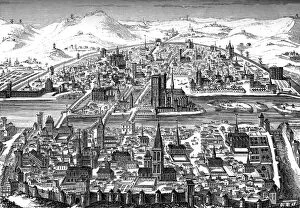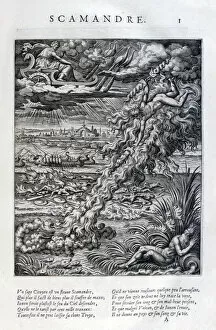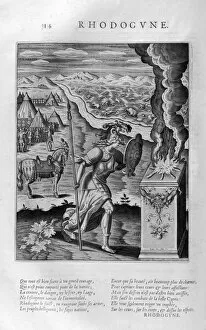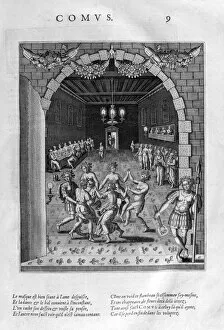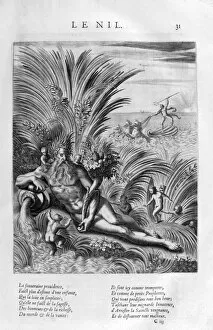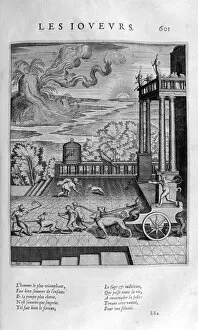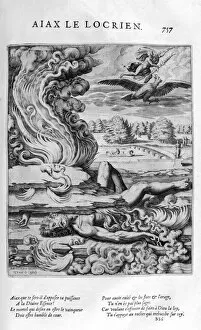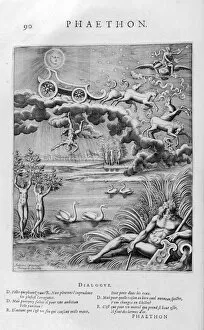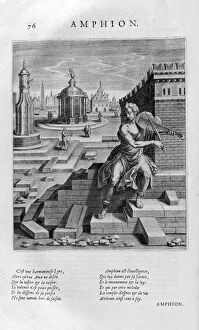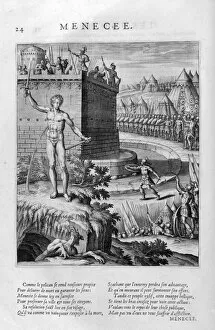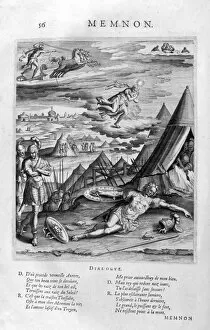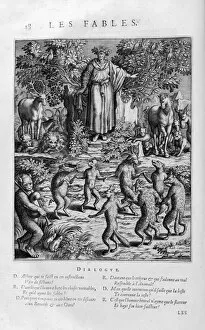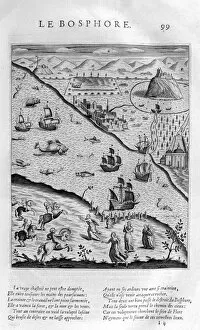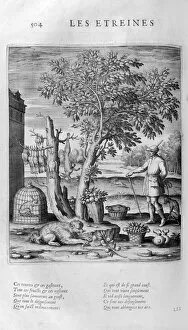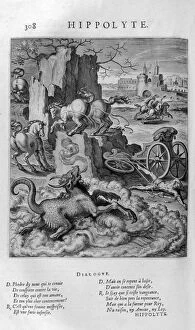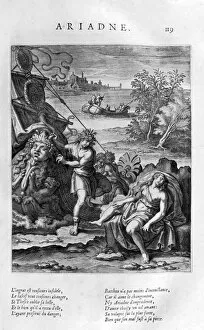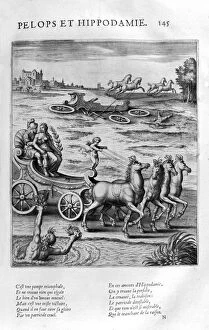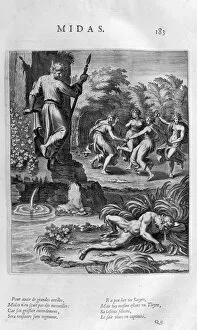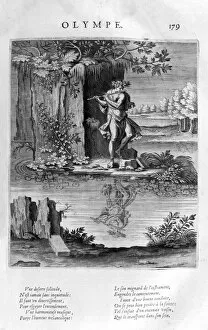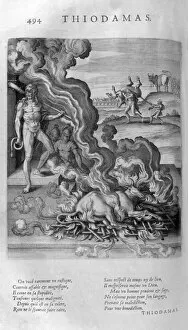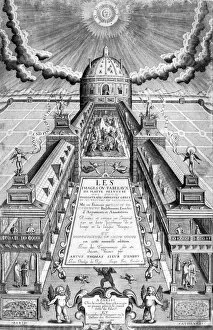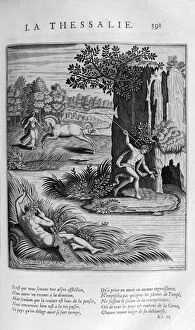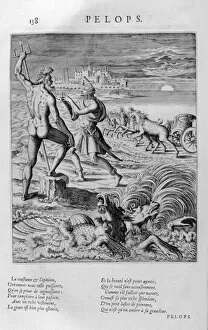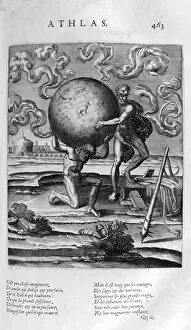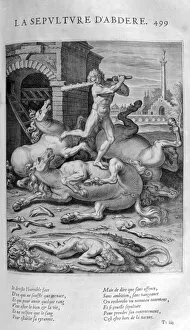Gaultier Collection
"Gaultier: A Journey Through Time and Artistic Expression" Step into the world of Gaultier
For sale as Licensed Images
Choose your image, Select your licence and Download the media
"Gaultier: A Journey Through Time and Artistic Expression" Step into the world of Gaultier, a name that resonates with creativity and talent across various artistic realms. From the captivating portrait of composer and lutenist Jacques Gaultier, skillfully captured by Jan Lievens in 1631-1635, to the mesmerizing performance of Mlle. Angelina Grave as Lea in La Juive de Constantine in 1846, Gaultier's influence spans centuries. Originating from Paris, France in 1607, Gaultier's legacy is immortalized through the works of A Bisson. The intricate details depicted in Scamander (1615) showcase Gaultier's ability to transport viewers to mythical worlds while Rhodogune (1615) captures his mastery over capturing human emotions. Leonard Gaultier further showcases his exceptional artistic prowess through pieces like Comus (1615), where he effortlessly combines beauty with mystery. In The Nile (1615), Leonard takes us on a voyage down one of history's most iconic rivers, while The Players (1615) invites us into a world filled with laughter and entertainment. Gazing at Ajax the Lesser (1615), we witness Leonard's ability to portray strength and determination through artistry. Meanwhile, The fall of Phaeton (1615) serves as a reminder of humanity’s hubris and its consequences. In Amphion (1615), Leonard brings ancient myths alive through his brushstrokes; each stroke revealing stories untold. Lastly, Menecee (1615) captivates our imagination with its enigmatic composition that leaves room for interpretation. Through these diverse artworks spanning different time periods and subjects, "Gaultier" emerges as an embodiment of artistic versatility - whether it be music or visual arts, and is an invitation to delve into a rich tapestry woven by talented individuals who have left an indelible mark on the world of art.

